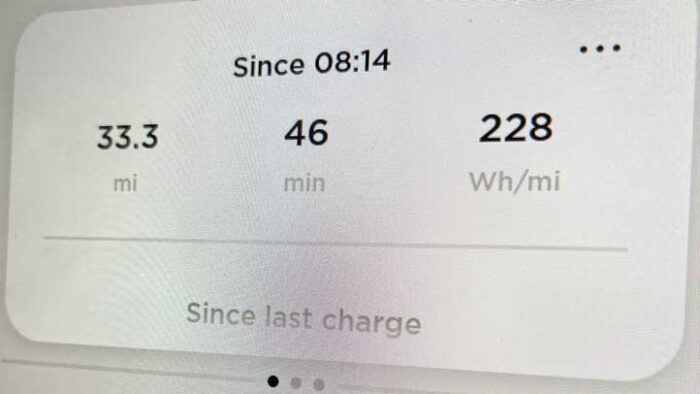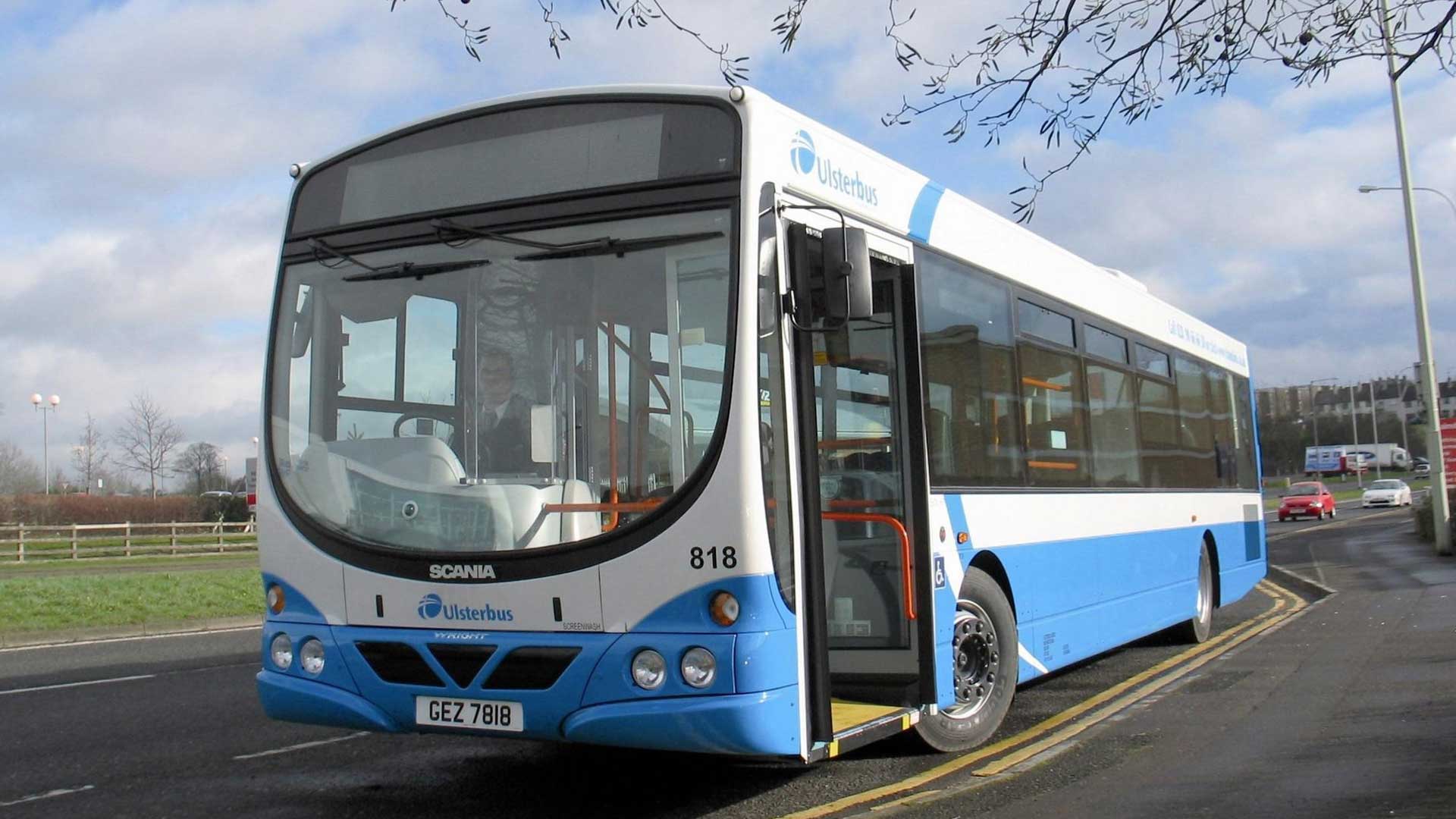The Climate Change Committee has stated that “The full transition to electric vehicles will be one of the most important actions to achieve the UK’s Net Zero target“.
Of course there are many other steps required to get us there, such as increasing active travel (cycling and walking) as well as moving more of our car journeys to Public Transport. The Department for Infrastructure often refers to this ‘Modal Shift’ in their communications.
Last week we were invited to the launch of the Faster Project and decided to use public transport for this journey to see how practical it was as an alternative to the car in Northern Ireland.
Putting it to the Test
Unfortunately we fell at the first hurdle as there was no route to get us there by the required time of 9:30am, so it was immediately clear that this journey would be impossible by public transport. However, setting that aside, we went on to investigate what it would have entailed.
The Translink route planner presented us with 3 options ranging from 2 hours 21 minutes to 2 hours 56 minutes, depending on the time of day we set off. Let’s look at the most optimistic (fastest) route in detail.
Journey Details
Starting out from home, a few miles outside Lisburn, the first 20 minutes would have ticked by as we walked the mile to the nearest bus stop. No doubt a pleasant stroll on a dry autumnal morning, but on a road without footpaths, a dangerous proposition in the dark, wet, winter months ahead. From there we would have caught our first bus and travelled to the Lisburn Bus Station, a short 10 minute ride away.
After a 13 minute wait in Lisburn we’d be boarding the second bus for a 57 minute marathon that would take us to the Rushmere Shopping Centre in Craigavon.
After another 20 minute wait, we would hop onto the third bus for the 40 minute leg to the Armagh Buscentre. Finally, a 0.6 mile, 12 minute walk would see us arrive at the Armagh City Hotel.

PUBLIC TRANSPORT – So then, 1.6 miles of walking, 3 buses, up to 106 stops, £16.50 and a minimum journey time just shy of 3 hours (one way).
The return journey on Public Transport would have taken a minimum of 6 hours, that’s assuming no waiting time for the bus back (which is unlikely). That would leave just 2 hours out of an 8 hour business day. You’d be forgiven for thinking that this sounds more like a trip to Galway, than to a town a little over 30 miles away.
And perhaps you’re wondering why I did not investigate going by train instead? According to wikipedia the Armagh line closed over 60 years ago (1957).
CAR – I ended up taking the EV and drove this journey door to door in 46 minutes (one quarter of the time). And while there are a multitude of expenses to take into account with a private vehicle, the fuel portion of this trip cost just 60p in electricity (one way).
EVANI’s Take
It feels like some of our politicians and policy making officials live in a bubble, either with a Glider route outside their front door to take them from the leafy suburbs straight to Stormont, or with a chauffeur driven ministerial car at their disposal.
Back in the real world that the rest of us live in, some short urban journeys or express routes may be practical by public transport, but many others are clearly not. And if progress on the much needed investment in our Public Transport network is as glacial as that of our EV infrastructure, then it will be many, many years before they are.
It’s clear the car is set to be vital in Northern Ireland for decades to come. Any talk of Modal Shift, without first having adequate alternatives in place, is utter folly.



One response
The irony here of this being a case study of connectivity between two of our beloved Northern Irish cities.